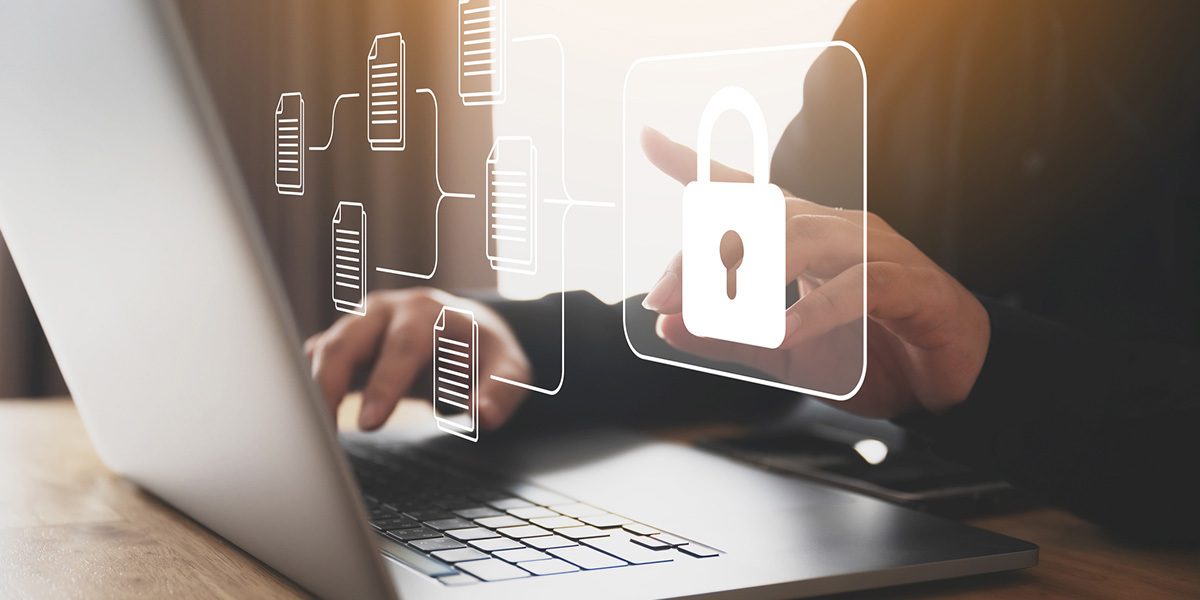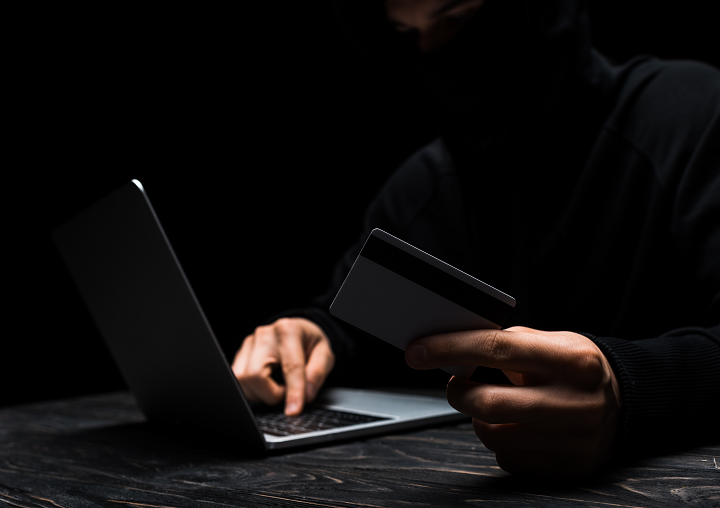
Small Business Can't Afford to Ignore Fraud Prevention
Proactive fraud prevention protects revenue, preserves customer trust and keeps payments secure without adding friction to the checkout process.

If you’re running a small business with countless daily responsibilities, fraud prevention can easily slip to the bottom of your priority list. Thankfully, there are a lot of things you can do to protect your business—both in terms of simple everyday measures to and fraud prevention resources that do the work for you.
However, it's important to remember that there's no single "silver bullet" for fraud prevention. In fact, some widely shared tips may not be as safe as they seem. These are just some of the common myths about fraud prevention along with solutions to protect your business:
Fact: Fraud affects businesses of all sizes.
Fraud is not just a problem for big corporations—it affects small and medium-sized businesses too. Many small businesses assume they’re not a target—but this mindset can be costly. Scammers know that smaller businesses may lack sophisticated security systems and dedicated fraud prevention teams, making them easier potential targets. Fraud can lead to significant financial loss and operational disruptions that small businesses may struggle to recover from. Beyond direct financial harm, fraud can disrupt operations, impact customer trust, and weaken long-term stability.
How to protect your business:
Invest in fraud prevention tools suited for small businesses.
Conduct routine security assessments to identify vulnerabilities.
Educate employees on fraud detection and prevention best practices.
Fact: Scammers are skilled at deception.
Fraudsters use tricks like impersonation, urgency, and intimidation to deceive businesses. They may pose as trusted contacts, pressure employees to act fast, or hide scams in routine transactions. Their tactics are always evolving, making fraud harder to spot without careful attention.
How to protect your business:
Train employees to recognize and verify suspicious requests.
Avoid rushing into financial transactions without proper verification.
Establish clear fraud prevention protocols for handling unexpected payment requests.
Observe the transaction to avoid refund fraud.
Fact: Employees can commit fraud too.
Businesses often worry about external threats, but internal fraud—like embezzlement, payroll fraud, and unauthorized transactions—can be just as harmful. Employees with access to finances or assets may take advantage of weak oversight. Without proper monitoring, these losses can add up over time.
How to protect your business:
Conduct background checks when hiring.
Implement dual-authorization processes for large transactions.
Monitor financial records for irregularities.
Require manager or owner approval for refunds by implementing a system where employees must obtain authorization (e.g., a manager entering their password) before processing a refund.
Fact: Reporting fraud helps prevent future scams.
Many businesses hesitate to report fraud, fearing reputational damage or thinking it’s too minor. But every report helps law enforcement track scams and prevent future crimes. Even small cases can provide key leads to stop larger fraud networks. If you've been a victim of fraud, notify the authorities and your commerce provider. They may help mitigate damage or disable stolen terminals.
How to protect your business:
Report all fraud attempts to law enforcement and fraud prevention organizations.
Keep a detailed record of suspicious activities and scams.
Encourage employees to report any fraud-related concerns internally.
Fact: Businesses that fall for fraud once are more likely to be targeted again.1
Fraudsters keep records of businesses they’ve successfully scammed. Once a business falls victim, it often becomes a target for future attacks. Instead of treating it as a one-time mistake, businesses should act quickly to strengthen their fraud prevention measures.
How to protect your business:
Review past fraud incidents and identify security gaps.
Strengthen employee training to recognize new scam tactics.
Regularly update fraud prevention protocols based on emerging threats.
Fact: Chargebacks require more than just verification codes.
While collecting CVV (Card Verification Value) and AVS (Address Verification Service) data helps prevent fraud, but it doesn’t stop chargebacks. Scammers can still use stolen card details, and cardholders may dispute charges. Businesses should use multiple fraud protection measures, not just verification codes.
How to protect your business:
Use 3-D Secure authentication to verify cardholder identity.
Keep detailed transaction records, including delivery confirmations.
Establish clear refund and chargeback dispute policies.
Fact: Many chargebacks can be successfully disputed.
A common misconception is that once a chargeback is filed, there’s no way to fight it. While not all disputes will be won, businesses that maintain proper records and have clear policies in place stand a good chance of reversing fraudulent claims.
How to protect your business:
Keep detailed records of all transactions, including receipts and delivery confirmations.
Implement clear refund and return policies.
Utilize fraud detection tools to reduce fraudulent transactions.
Follow proper card acceptance procedures:
In-person transactions: Only accept payments via chip & PIN or tap.
Online transactions: Use a secure checkout with 3D Secure (3DS).
Avoid manual card entry: There’s no protection against chargebacks, even if CVV and AVS are captured.
Just because your business hasn’t been targeted by fraud yet doesn’t mean it’s immune. Fraudsters are always adapting their tactics, looking for new ways to exploit vulnerabilities. Businesses that assume they’re safe often let their guard down, making them an easier target. Without proactive fraud prevention measures—such as monitoring transactions, training employees, and using security tools—your business could be at risk.
How to Protect Your Business:
Stay up to date with the latest fraud trends and prevention strategies.
Regularly review and update your security measures.
Don’t wait for a fraud incident to take action—prevention is key.
Fact: Fraud happens both online and in-person.
While cyber fraud is on the rise, in-person scams, cheque fraud, and counterfeit transactions still pose serious risks. Fraudsters are constantly evolving their methods, targeting businesses through multiple channels.
How to protect your business:
Train employees to recognize both digital and physical fraud risks.
Use secure payment processing methods for all transactions.
Verify large transactions and unusual requests before approving them.
Fact: The cost of fraud is far higher than prevention.
Many businesses hesitate to invest in fraud prevention tools, assuming the cost outweighs the benefits. However, the financial and reputational damage caused by fraud can be far greater than the expense of security measures.
How to protect your business:
Explore fraud prevention tools tailored to your business size.
Dealing with chargebacks and data breaches is time consuming and takes a lot of effort.
Stay proactive rather than reactive to minimize fraud risks.
Believing in these common fraud prevention myths can put your business at serious risk. Taking proactive steps to educate yourself and implement fraud prevention strategies can save you from costly and damaging situations.
By staying informed, training employees, and using fraud prevention tools, you can protect your business and ensure its long-term success.
To know more about fraud prevention, click here.
______________________________________________________________________________________________________

Proactive fraud prevention protects revenue, preserves customer trust and keeps payments secure without adding friction to the checkout process.

Fraud prevention protects your revenue and builds customer trust, giving you confidence to grow your online store without worry.

Here are some of the common myths about fraud prevention along with solutions to protect your business.

Here are 8 tips to protect your ecommerce site against fraud and hacking, ensuring a safe and secure online experience for your customers.